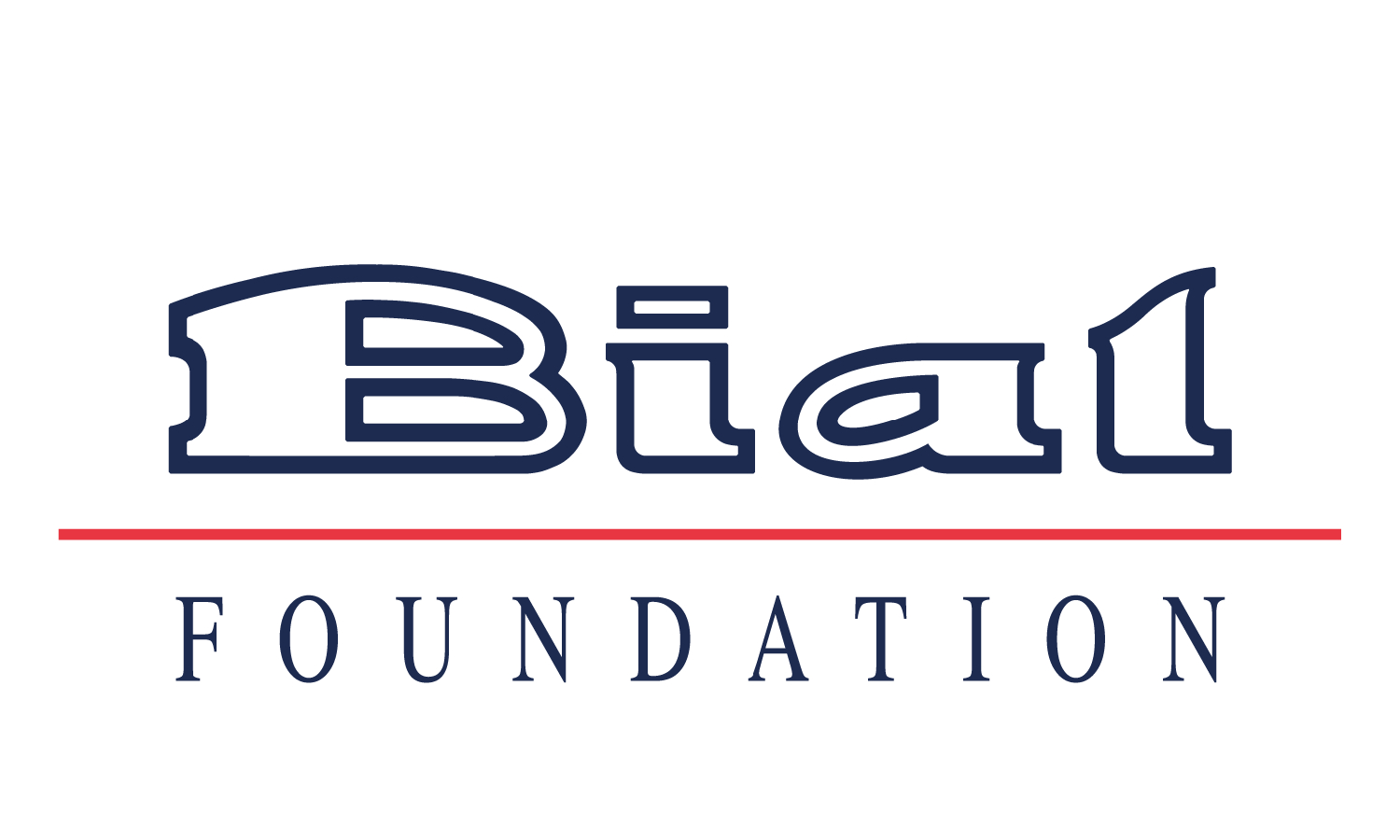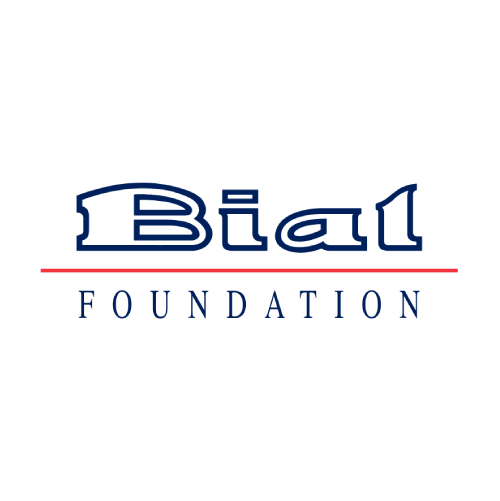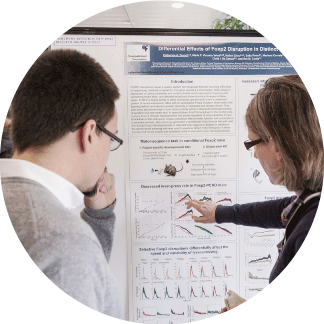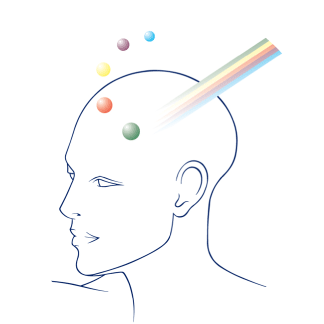News
Top Stories

Does your dog have social skills?
A study suggests that viewing the owner’s face works as a positive social reinforcement for dogs. Learn more about this and other surprising results about “man’s best friend”.
News
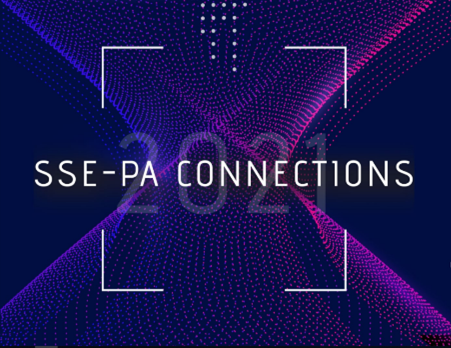
FREE online paranormal education day
The Society for Scientific Exploration (SSE) and the Parapsychological Association (PA) have joined together to sponsor an online convention that will emphasize the connections between all of us – seen and unseen. Spread out over 10 days, from July 23 through July 31, this conference will include presentations on many topics related to the fields of parapsychology, consciousness studies, and edge science. On July 17th, the conference coordinators will present a FREE Education Day and provide an overview of a number of topics including: ESP, Mediumship, Healing, PK, among others.
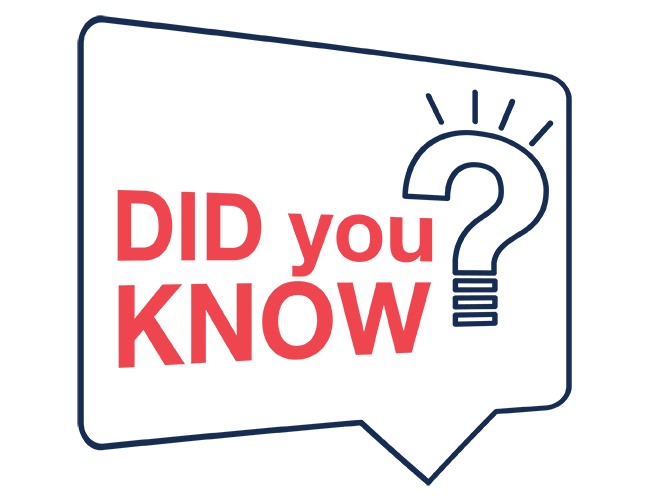
The BIAL Foundation has a h-index = 76
Did you know that 76 papers published in the scope of projects supported by the BIAL Foundation were cited at least 76 times?

How EEG signals correspond to successful and impaired aging?
In the scope of a project supported by the BIAL Foundation, Stephen Badham and colleagues published the paper Age differences in resting state EEG and their relation to eye movements and cognitive performance in the journal Neuropsychologia. More information about the project available here. “Prior research has focused on EEG differences across age or EEG differences across cognitive tasks/eye tracking. There are few studies linking age differences in EEG to age differences in behavioural performance which is necessary to establish how neuroactivity corresponds to successful and impaired ageing. Eighty-six healthy participants completed a battery of cognitive tests and eye-tracking measures. Resting state EEG (n = 75, 31 young, 44 older adults) was measured for delta, theta, alpha and beta power as well as for alpha peak frequency. Age deficits in cognition were aligned with the literature, showing working memory and inhibitory deficits along with an older adult advantage in vocabulary. Older adults showed poorer eye movement accuracy and response times, but we did not replicate literature showing a greater age deficit for antisaccades than for prosaccades. We replicated EEG literature showing lower alpha peak frequency in older adults but not literature showing lower alpha power. Older adults also showed higher beta power and less parietal alpha power asymmetry than young adults. Interaction effects showed that better prosaccade performance was related to lower beta power in young adults but not in older adults. Performance at the trail making test part B (measuring task switching and inhibition) was improved for older adults with higher resting state delta power but did not depend on delta power for young adults. It is argued that individuals with higher slow-wave resting EEG may be more resilient to age deficits in tasks that utilise cross-cortical processing.”

